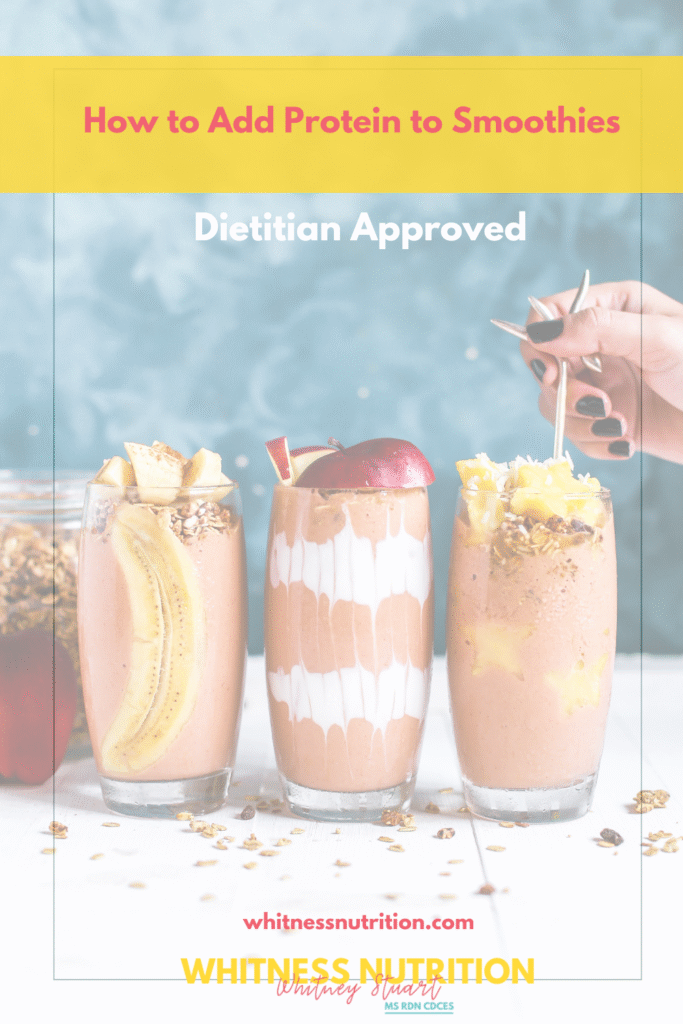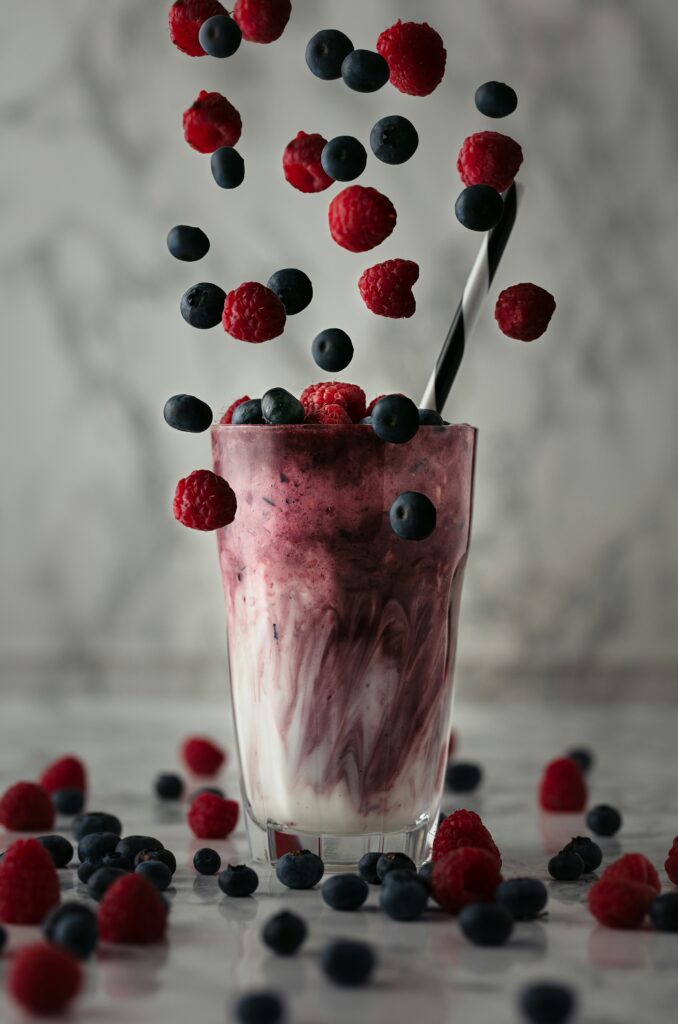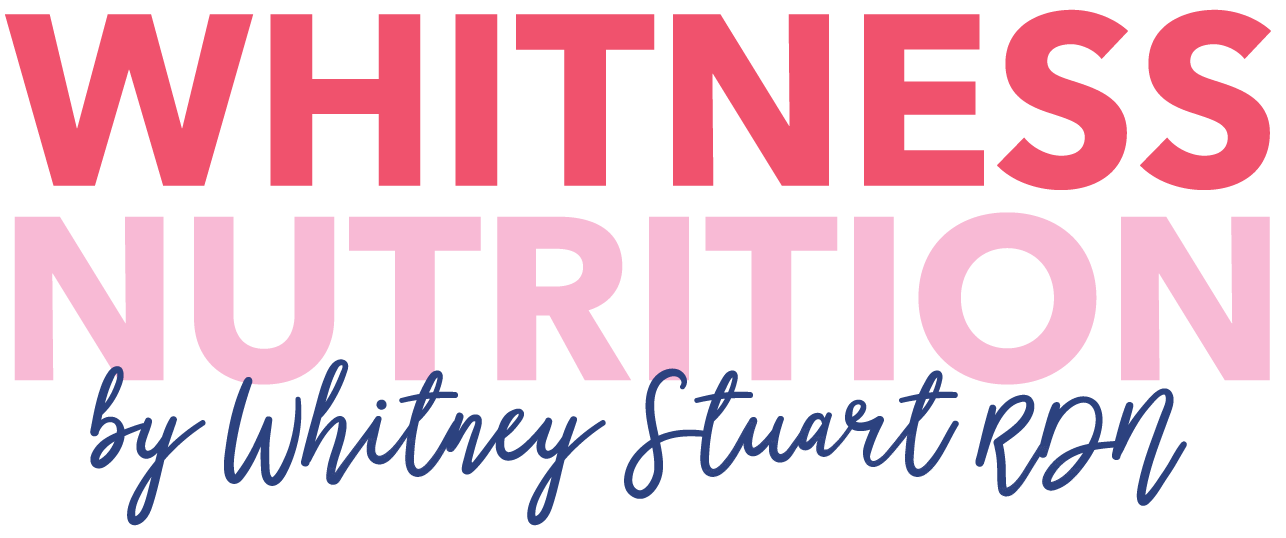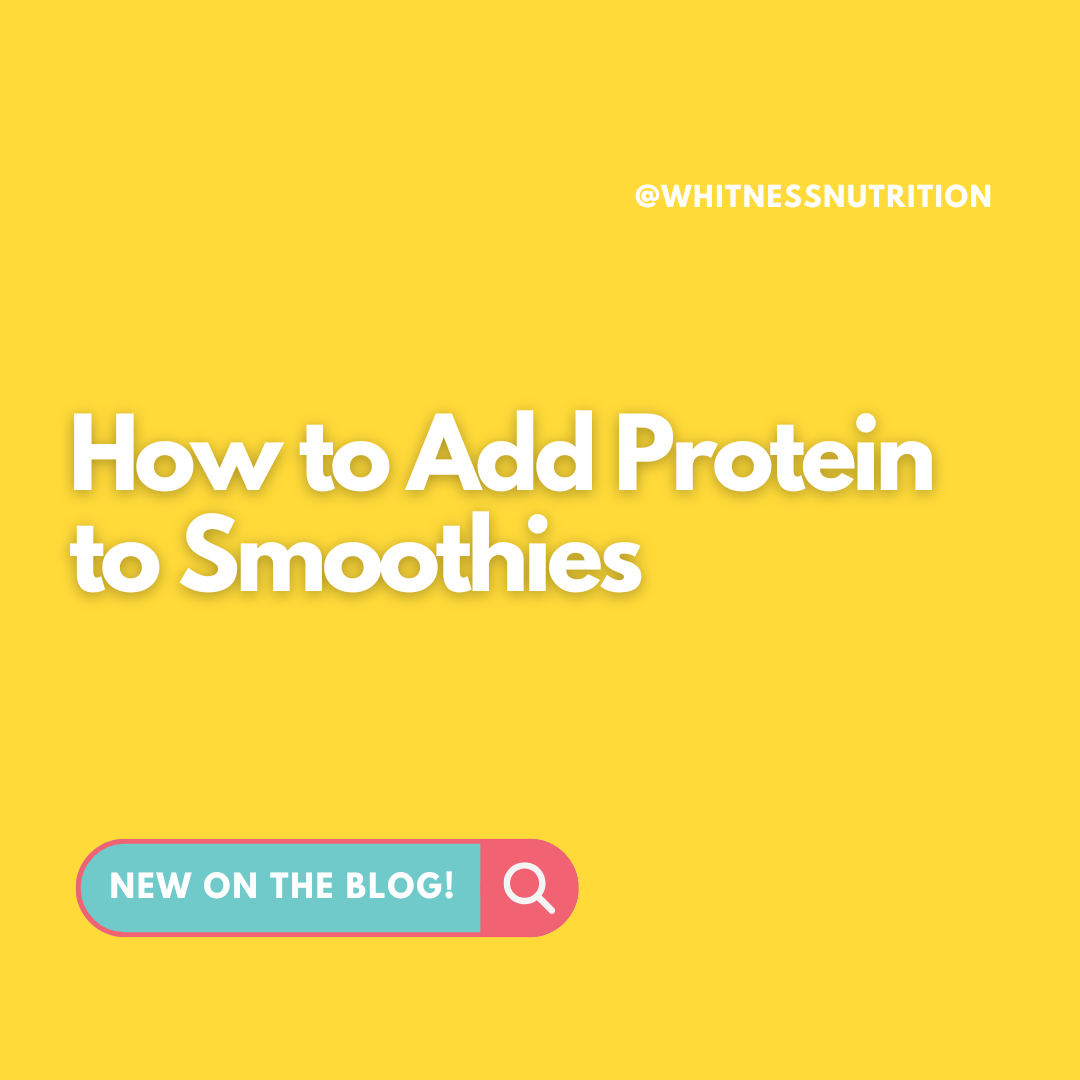How to Add Protein to Smoothies

In today’s post, I’m sharing exactly how to add protein to smoothies, the best protein sources (including plant-based and animal-based options), and whether people with diabetes should use protein powder in their protein smoothie recipes. Let’s dive into this delicious and practical guide!
Smoothies are one of my favorite ways to pack in nutrition quickly, especially on busy mornings or post-workout afternoons. They’re delicious, customizable, and an excellent vehicle for nutrients your body craves. With just a blender and a few staple ingredients, you can create something that fuels your body, balances blood sugar, and tastes good. Whether you’re plant-based or not, there are countless ways to add protein to your smoothies to match your goals!
Why Add Protein to Smoothies?
Before we break down the “how,” let’s talk about the “why.” Protein is a macronutrient that helps build and repair tissues, supports immune function, and keeps you feeling full longer. When added to a smoothie, protein balances the carbs (like fruit) and helps maintain healthy blood sugar levels, especially important for those managing diabetes or insulin resistance.
A high-protein smoothie also makes a great post-workout option, meal replacement, or nourishing snack between meals. You can even boost it with healthy fats, such as almond butter or hemp seeds, for additional satiety and brain-supporting omega-3 fatty acids.
Should You Put Protein Powder in Smoothies as a Diabetic?
Yes, and here’s why: protein powder can be an excellent option for individuals with diabetes when used thoughtfully. It provides a concentrated good source of protein that helps buffer the blood sugar response from fruits or other carbs in your smoothie.
Look for options with:
- Low or no added sugars
- Clean, whole-food ingredients
- Moderate protein content (15–25g per serving)
My top recommended brands for clean, diabetic-friendly protein smoothie recipes are:
- Truvani (a great plant-based protein option)
- Equip (made from beef protein isolate, no fillers or sugar)
- Just Ingredients Vegan Protein (a whole food-based blend with natural flavors)
Just remember: not all protein powders are created equal, and some can contain sugar or artificial ingredients. Check your labels!
What to Put in Smoothies for Protein
Not sure where to start? These smoothie ingredients are versatile, easy to find, and rich in protein:
- Soy Milk: A plant-based milk with one of the highest protein per cup ratios—around 7–9g.
- Ultra-Filtered Milk (like Fairlife): A dairy milk that’s been filtered to concentrate protein content—up to 13g per cup.
- Flax Milk (with added protein): A dairy-free, omega-3 fatty acids source that often has pea protein added (5–8g per cup).
- Dairy Milk: Classic cow’s milk offers 8g of protein per cup.
- Plant-Based Protein Powder: Consider options like Truvani or Just Ingredients for dairy-free alternatives.
- Animal-Based Protein Powder: Equip is a standout with its minimal ingredient list.
- Tofu: Great for a creamy texture and neutral taste; adds 9–10g of protein per 3.5oz.
- Defatted Peanut Flour (PB2): A powdered form of peanuts with less fat, but still 5–6g of protein per 2 tbsp.
How to Add Protein to Smoothies Without Protein Powder
Don’t love protein powders? No problem! You can still make a high-protein smoothie with everyday foods:
Add Greek Yogurt
Greek yogurt is thick, tangy, and adds that perfect creamy texture to smoothies. A ¾ cup serving provides around 15–18g of protein. Opt for unsweetened and full-fat options for improved satiety and blood sugar balance. Add it to smoothies with berries, cinnamon, and flaxseed for a filling, nutrient-dense meal!
Add Cottage Cheese
Yes, really! Cottage cheese blends surprisingly well into smoothies, adding a milkshake-like richness. It’s a good source of both protein and calcium. Use ½ to ¾ cup to add 14–18g of protein without overwhelming the flavor.
Add Silken Tofu
Silken tofu is a plant-based protein that’s incredibly smooth and neutral-tasting. It blends beautifully into fruity or chocolate smoothies. Use about ¼ to ½ block for 9–14g of protein.
Bonus Add-Ins
- Nut butter: Opt for almond butter, cashew butter, or peanut butter for healthy fats and 3–7g of protein per tablespoon. Our favorite nut butter is Georgia Grinders!
- Hemp Seeds: Tiny but mighty! Add 3 tbsp for 10g of protein and a boost of omega-3 fatty acids
- Chia Seeds: Another tiny, but mighty – just 2 tbsp adds ~6g protein and a bonus 10g of fiber!
How to Add Protein Powder to Smoothies
When using a protein powder, quality matters. Here are a few of my favorite options and how to incorporate them.
Recommended Protein Powders:
- Truvani – Organic plant based protein, smooth taste, free of stevia or artificial ingredients.
- Equip Protein – Beef-based, no dairy, no fillers. Amazing in chocolate peanut butter blends.
- Just Ingredients Vegan Protein – Made with real food and perfect for those sensitive to additives.
- Neeshi Protein – Great for gut health and hormone support.
Instructions: Protein Smoothie Step-by-Step

Step 1: Choose Your Liquid Base
Start with ¾ to 1 cup of liquid. Choose:
- Soy milk (9g protein)
- Ultra-filtered milk (13g protein)
- Flax milk with added protein (up to 8g)
Step 2: Add Protein Source
Pick one or more of the following:
- 1 scoop of your favorite protein powder
- ¾ cup Greek yogurt
- ½ cup cottage cheese
- ¼ block of silken tofu
Step 3: Add Fruit
Add ½ to 1 cup of low glycemic fruit like:
- Blueberries
- Strawberries
- Cherries
(Frozen fruit helps with the creamy texture)
Step 4: Boost with Healthy Fats & Fiber
Add:
- 1 tbsp almond butter (like Georgia Grinders almond butter)
- 2–3 tbsp hemp seeds
- 1 tbsp ground flaxseed (more omega-3 fatty acids!)
Step 5: Blend and Serve
Blend until smooth. Taste and adjust for sweetness. Avoid added sugars—opt for cinnamon, vanilla extract, or a date if needed.
Step 6: Garnish & Enjoy
Top with chia seeds, cacao nibs, or a drizzle of nut butter for crunch and added nutrients.
Bonus: More Ideas for High Protein Smoothies
Want to go deeper? Check out my roundup of high protein bars for diabetics to pair with your smoothie for an easy on-the-go breakfast or post-gym refuel.
Final Thoughts
Adding protein to your smoothies doesn’t have to be complicated. Whether you’re using protein powder, Greek yogurt, tofu, or plant based milk like soy milk, there are countless ways to level up your protein content. Especially for those managing blood sugar, the right protein smoothie recipes can support energy, appetite control, and even hormone balance.
Start experimenting with the combinations shared above. Whether you’re team Truvani, love a good scoop of almond butter, or go full-on with tofu and berries, these tips will help you build a high protein smoothie you’ll love.
Let me know in the comments—what’s your favorite way to add protein to smoothies?
Don’t forget to save this post, share it with a friend, or pin it to your healthy living board!
Want more smoothie inspo? Join Our Newsletter or, Book a discovery call with me today!
Written by Whitney Stuart MS RDN CDCES, founder of Whitness Nutrition, a Dallas-based private practice focused on women’s metabolic health, blood sugar balance, and sustainable weight loss.






